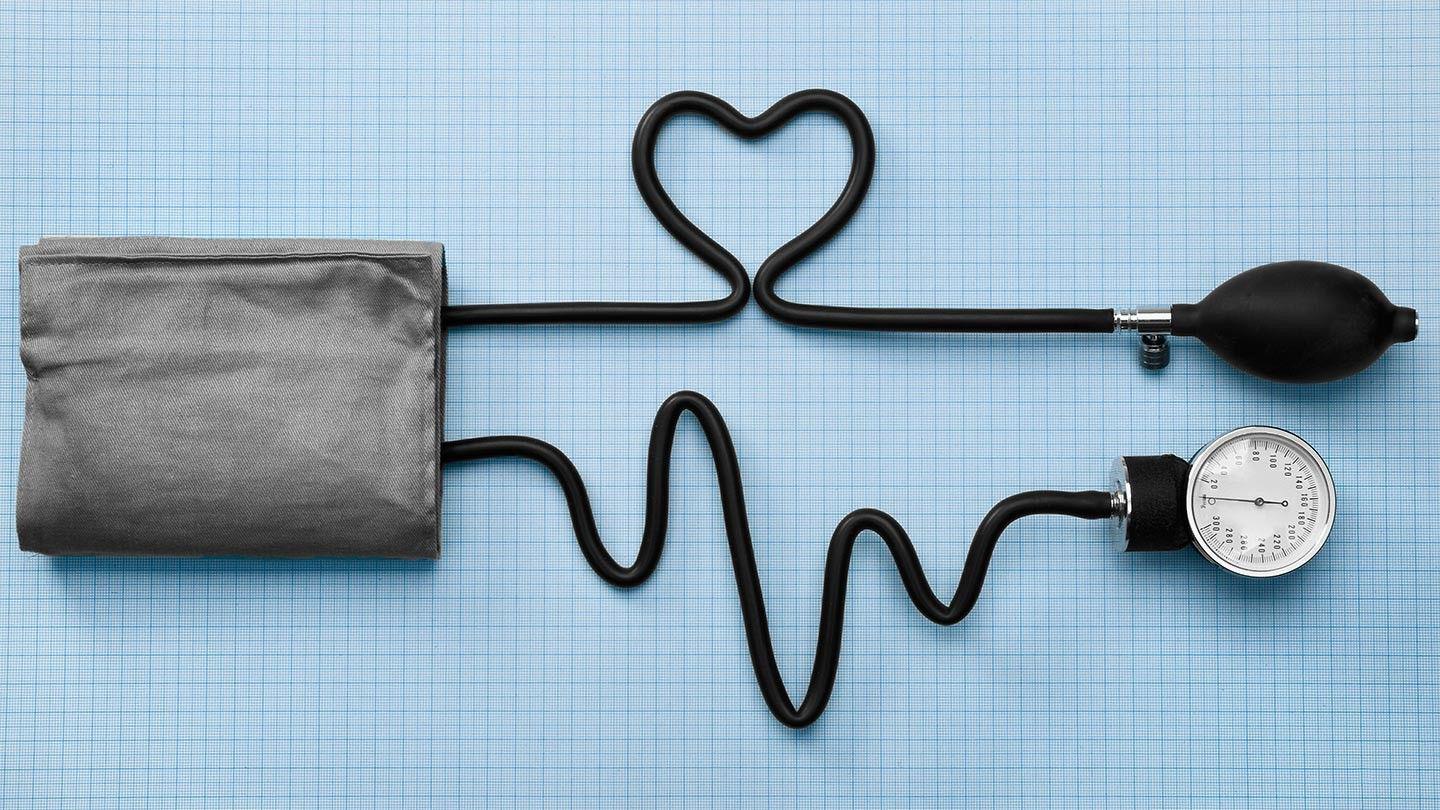What are normal triglyceride levels? Triglyceride ranges
Getting the right amount of triglycerides is important to your sustained health. Doctors use the following triglycerides ranges found in the blood to make determinations about your overall health risks.
- Normal, healthy triglyceride levels: fewer than 150 milligrams per deciliter of blood (mg/dL)
- Borderline triglyceride levels: 150-199 mg/dL
- High triglyceride levels: 200-499 mg/dL
- Very high triglyceride levels: more than 500 mg/dL
Metabolic Syndrome
When triglyceride levels are high, one of the major dangers is the threat of metabolic syndrome. Metabolic syndrome refers to several related metabolic disorders that, when found together, increase your chances of developing cardiovascular disease. About 23% of adults are affected by metabolic syndrome.
To assess metabolic syndrome, doctors look at several factors. When three or more of these factors are found together, the diagnosis of metabolic syndrome can be made:
- Greater than 150 mg/dL of triglycerides in the blood
- A fasting glucose level of 100 mg/dL or greater
- Increased or High blood pressure (130/85 mmHg or higher)
- Low HDL cholesterol (“good cholesterol”), less than 40 mg/dl
- Belly fat; a waist circumference greater than 40 inches in men and 35 inches in women
- Metabolic syndrome greatly increases your chances of developing heart disease, stroke, and diabetes. It is usually attributed to a combination of
- inactivity,
- obesity,
- genetic factors,
- aging
Triglycerides and diet
The foods you choose to eat play a big part in your triglyceride readings. Eating the right foods can cause triglycerides to drop in a matter of days. But the wrong foods can send those triglyceride levels soaring.
Triglycerides can start to inch up whenever you eat more calories than you burn. Some foods make that easier, including sugary foods and foods high in saturated fat like cheese, whole milk, and red meat.
We’ll take a detailed look at some of the foods to choose—and the ones to avoid - to make it easier for you to keep triglyceride levels in check.
What causes high triglycerides? Sugar
That sweet tooth could be putting your heart at greater risk. Avoiding added sugars (sweet crystalline carbohydrates like glucose and sucrose) in foods is important to lowering triglycerides because excess sugar can be converted by the liver into triglycerides, but often these foods sneak into our diets without our knowing. Some sugary foods that are best avoided include:
- soda,
- baked goodies,
- candy,
- most breakfast cereals,
- concentrated fruit juices,
- flavored yogurt, and
- ice cream
Hidden sugar: what is its name?
One tricky thing about avoiding added sugars in our foods is that these sneaky ingredients can masquerade under many different names on a nutrition label. In fact, there are nearly 100 different names for sugar on ingredient lists. Some common names for sugar compounds are listed below.
To help you learn to spot added sugars on food labels, look for these words, all of which mean sugar:
- anhydrous dextrose,
- cane crystals,
- caramel,
- corn syrup,
- diglycerides,
- disaccharides,
- erythritol
- evaporated cane juice,
- Florida crystals,
- fructooligosaccharides,
- glucitol,
- liquid fructose,
- malt syrup,
- maltodextrin,
- malted barley,
- nectars,
- pentose,
- sorbitol,
- sorghum,
- sucanet,
- xylitol,
- xylose
Notice that many of these are words ending in "ose," like
- dextrose,
- fructose,
- glucose,
- lactose,
- maltose,
- sucrose
Watch out for these and similar words that likely indicate added sugar.
How to lower triglycerides: focus on high fiber foods
Fiber has many advantages. It helps fill your stomach without adding a lot of calories, and it slows the digestive process, leaving you feeling full longer. It also helps lower triglycerides.
Fiber is typically found in fruits, vegetables, and lentils, and in some types of grains. Some examples of high fiber foods are:
- beans,
- ground flaxseed,
- pumpkin seeds,
- oat and rice bran,
- oatmeal,
- split peas,
- Brussels sprouts,
- broccoli,
- raspberries and blackberries,
- popcorn,
- wild rice, and
- whole wheat spaghetti.
Depending on what grains you’re eating, you could be giving your body a lot more fiber—or a much higher triglyceride count. Avoid refined white flour by trading it for whole grains.
Here are some ideas for swapping triglyceride-heavy foods for healthier fiber-filled options:
- For breakfast, have a bowl of steel-cut oats with berries (especially blackberries and blueberries) instead of a bagel or sweet cereal.
- At lunch, try a salad with plenty of veggies and garbanzo beans.
- For dinner, try brown rice or quinoa instead of potatoes or pasta.
How to reduce triglycerides: eat the right kinds of fat
Believe it or not, the right kind of fat is good for you. It’s those unhealthy fats you want to avoid to keep your triglyceride levels low.
The fats you want are mono- and polyunsaturated fats, like the ones found in:
- avocados,
- walnuts,
- chicken without the skin,
- canola oil,
- olive oil
Stay away from trans fats, a man-made fat often found in:
- processed foods,
- French fries,
- crackers,
- cakes,
- chips,
- stick margarine
Also, limit your consumption of saturated fat, which can be found in:
- red meat,
- ice cream,
- cheese,
- buttery baked goods
How to lower triglycerides: pick fish over red meat
You may have heard of omega-3 fats, which are found in abundance in fish. Those same omega-3 fats that help your heart can also work to lower your triglycerides.
Red meat, on the other hand, is loaded with saturated fats. Saturated fats are bad for your heart and contribute to your triglyceride count.
The next time you order at a restaurant, get the fish instead of a burger or steak. Fish is so important to a healthy diet that nutritionists recommend you eat it at least twice a week. Some fish high in omega-3s include:
- salmon,
- mackerel,
- lake trout,
- herring,
- albacore tuna,
- sardines
Lowering triglycerides: other sources of omega-3s
Fish aren’t the only foods that contain healthy omega-3 fats. A few other good sources of omega-3s include:
- spinach,
- kale,
- flaxseeds,
- brussels sprouts,
- beans, and salad greens
How to reduce triglycerides: scale back on alcohol
When you unwind, do you drink beer, wine, or a cocktail? Alcohol may help you relax, but excess drinking is also one cause of high triglycerides.
How much alcohol is considered excessive? Too much alcohol means more than one drink a day for women and two drinks a day for men. There are even some people for whom even small amounts of alcohol can raise triglycerides.
For a healthy change of pace, try switching to sparkling water with a squeeze of lime juice. Another healthy alternative is a tangy herbal iced-tea blend; it tastes great without added sugar.
How to lower triglycerides: cut out sweet drinks
One of the simplest ways to reduce triglycerides is to skip sweetened drinks. Sodas and other sugary drinks are packed with added sugar, and as we’ve already discussed, added sugars boost triglycerides.
How much added sugar is in those sweet sodas? A single 12-ounce can of Coke packs 39 grams of sugar, which is higher than the daily sugar limit recommended by the American Heart Association. The AHA recommends that adult men consume no more than 36 grams of sugar per day, and that adult women eat no more than 24 grams per day.
Drink no more than 36 ounces of sweet sippers per week. That right—that means only three 12-ounce cans of soda in a single week. Better yet, cut the sugar-sweetened soda habit completely.
Lowering triglycerides: lose weight
Your weight itself contributes to your triglyceride count. Extra weight, particularly belly fat around your waist, raises triglycerides.
One of the healthiest and most effective things you can do to bring your triglyceride levels down is to take off that extra weight. Your results don’t even have to be dramatic to see big improvements in your overall health.
How to reduce triglycerides: exercise, exercise, exercise
If you're carrying around a little extra weight, get moving! To get in shape and lower your triglycerides at the same time, start a regular workout routine.
The goal should be 30 minutes of exercise, five days a week. When you exercise, be sure to break a sweat and get your heart pumping. With this routine, you can cut your triglycerides by 20% to 30%.
New to exercise? Wondering where to start?
- Sign up for a dance class.
- Go for a swim.
- Find time each day for a brisk walk.
Learn your triglyceride range: go to the doctor
It’s hard to know how much you need to do to reduce triglycerides if you don’t know what triglyceride range you fall in. Fortunately, finding out is easy. Here's how triglyceride test numbers stack up:
- Normal - Less than 150 mg/dL
- Borderline - 150-199 mg/dL
- High - 200-499 mg/dL
- Very high - 500mg/dL and up
Simply having your blood drawn each year (or as often as your doctor recommends) can help you keep track of your triglycerides, and it will help you know when they are too high. At the same time, your doctor may also look for related health problems, including:
- kidney disease,
- a slow thyroid gland,
- obesity
Source: www.rxlist.com
Santegra® products Lecithin and Fish Oil GP can help reduce cholesterol and triglyceride levels.








